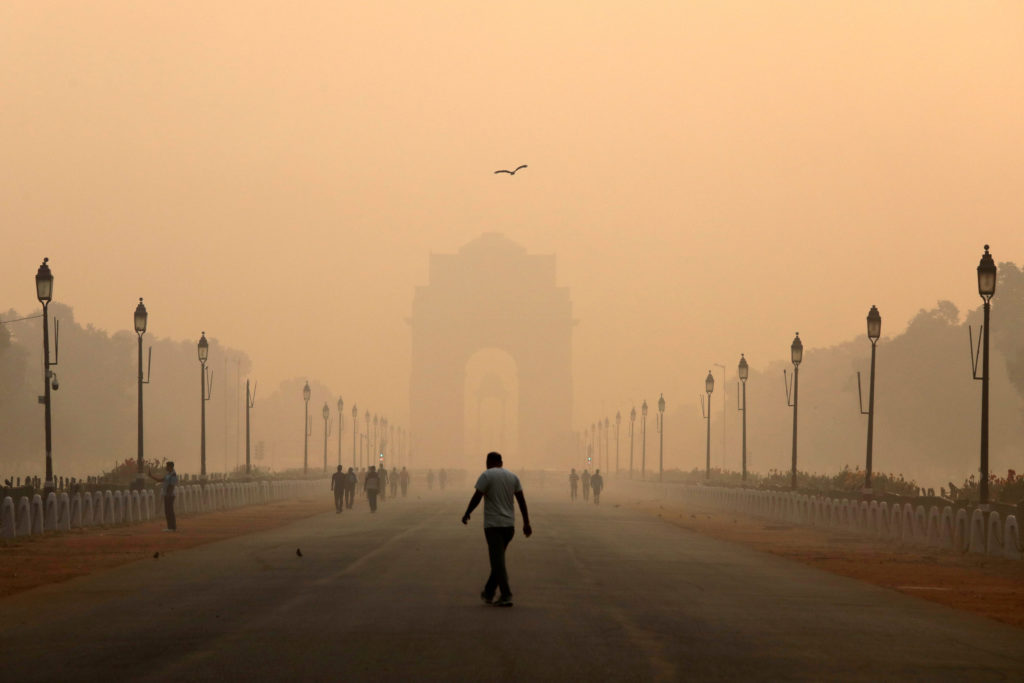A State of Global Air 2020 study has revealed that air pollution killed 476,000 newborns in 2019, with the biggest hotspots in India and sub-Saharan Africa and nearly two-thirds of the deaths came from toxic fumes from cooking fuels.
According to the new global study released on 22nd October, more than 116,000 Indian infants died from air pollution in the first month of life, and the corresponding figure was 236,000 in sub-Saharan Africa,
The estimates were produced by the United States-based Health Effects Institute (HEI) and the Institute for Health Metrics and Evaluation’s Global Burden of Disease project.
The study indicated that it relied on a “growing body of evidence linking mothers’ exposures during pregnancy to air pollution with the increased risk of their infants being born too small (low birth weight) or too early (preterm birth).”
These conditions are associated with serious complications and already account for the vast majority of neonatal deaths in both regions.
The new analysis also estimated what percentage of those deaths came from ambient and household air pollution.
“An infant’s health is critical to the future of every society, and this newest evidence suggests an especially high risk for infants born in South Asia and sub-Saharan Africa,” said Dan Greenbaum, president of HEI.
“Although there has been slow and steady reduction in household reliance on poor-quality fuels, the air pollution from these fuels continues to be a key factor in the deaths of these youngest infants,” he added.
Overall, the report found that air pollution led to 6.7 million deaths worldwide in 2019, making it the fourth leading cause of death behind high blood pressure, tobacco use, and dietary risks.
The report added that while the COVID-19 pandemic had led to significant societal and personal costs, “many countries around the world have experienced blue skies and starry nights, often for the first time in many years – but these gains were short-lived.”
“Nonetheless, the blue skies have offered a reminder of what pollution takes away,” it said.

In light of the Covid-19 pandemic, several studies around the world have also linked air pollution to higher Covid-19 case numbers and deaths.
A Harvard University study ascertained that, “an increase of only one microgram per cubic metre in PM 2.5 – dangerous tiny pollutants in the air – is associated with an 8% increase in the Covid-19 death rate.
Another study by scientists at the UK’s University of Cambridge also found a link between the severity of Covid-19 infection and long-term exposure to air pollutants, including nitrogen oxides and ground-level ozone from car exhaust fumes or burning of fossil fuels.
“Such pollutants can also cause a persistent inflammatory response and increase the risk of infection by viruses that target the respiratory tract,” said Marco Travaglio, one of the co-authors of the study.
The residents in India’s capital, Delhi, already one of the cities worst-hit by the pandemic, are at risk of because of exposure to hazardous levels of pollution for years.
Harvard University’s study found “PM2.5 levels in Delhi have averaged around 180-300 micrograms per cubic metre in recent weeks – 12 times higher than the WHO’s safe limits.”
“The situation in Delhi can get really serious this winter,” said Dr Francesca Dominici, professor of biostatistics at Harvard University and a lead scientist of the study.



















